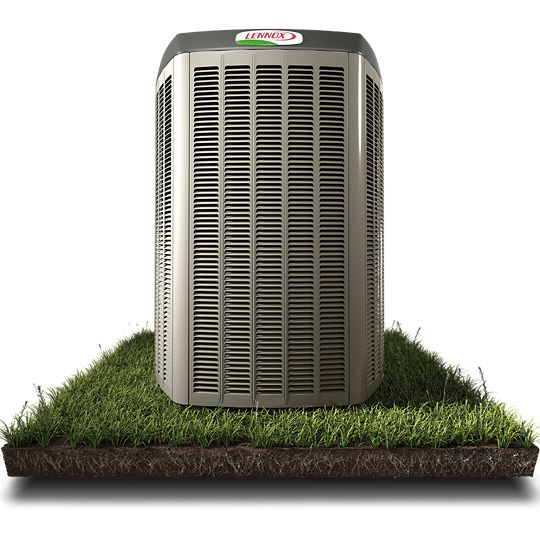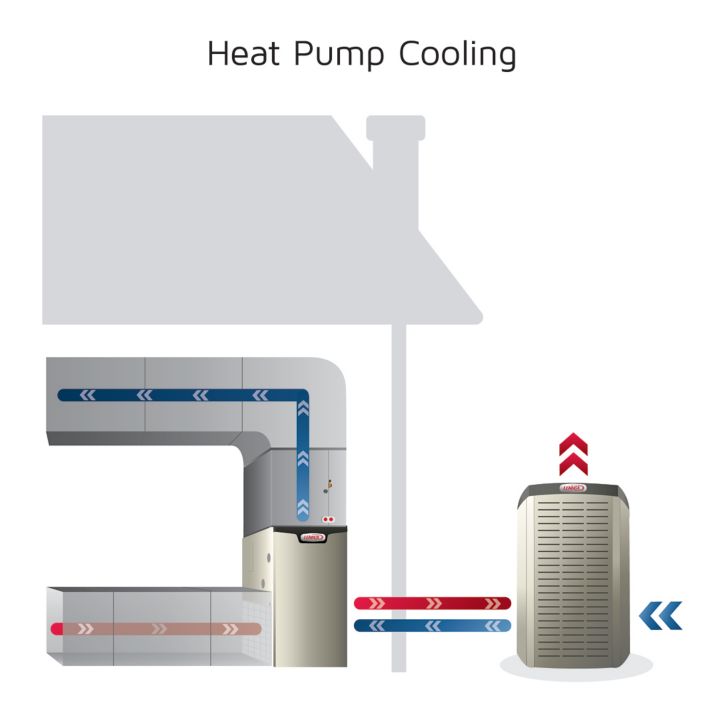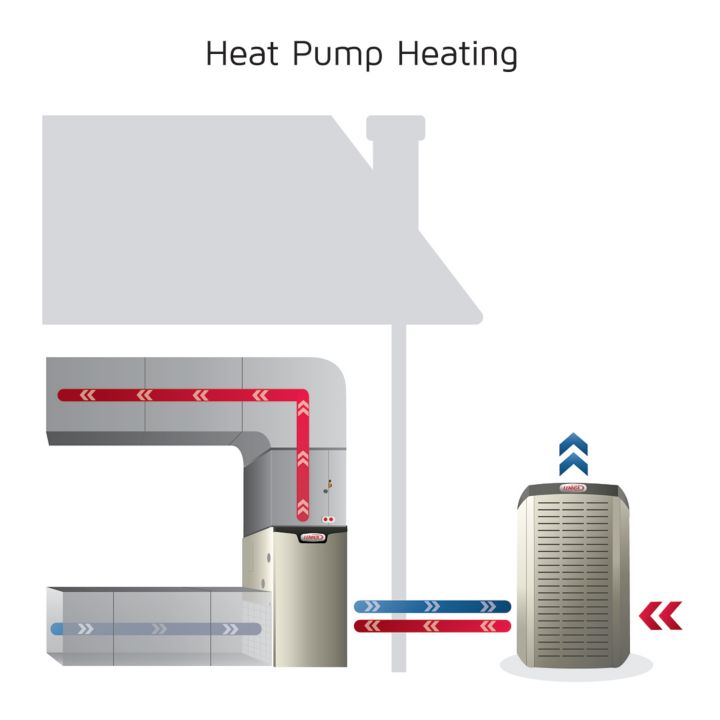Homeowner demand for heat pumps has reached an all-time high and is expected to continue growing as technology evolves to bring year-round effective temperature control to even the coldest climates in North America. In fact, the heat pump market was an estimated $82 billion in 2022 and projected to reach $167 billion by 2030.i



